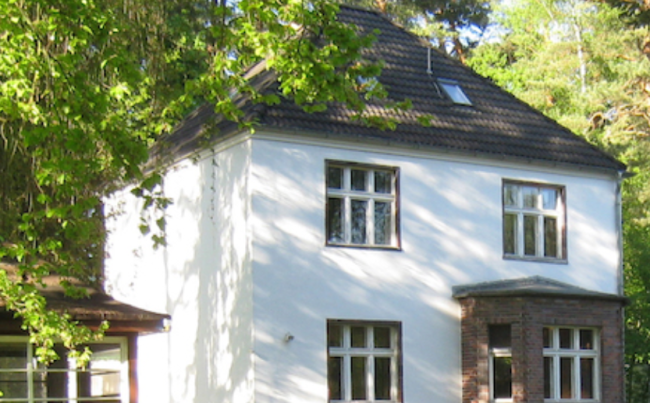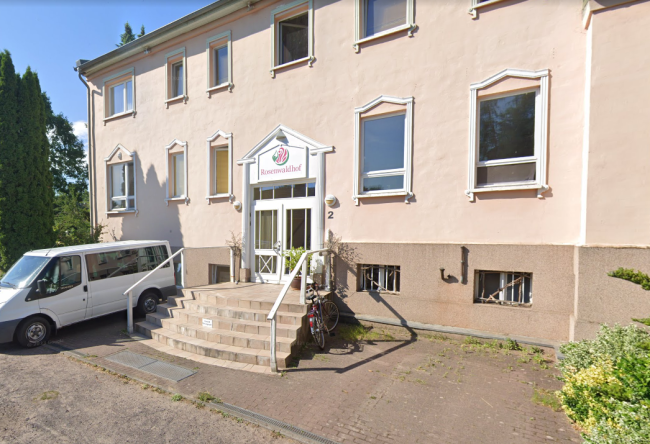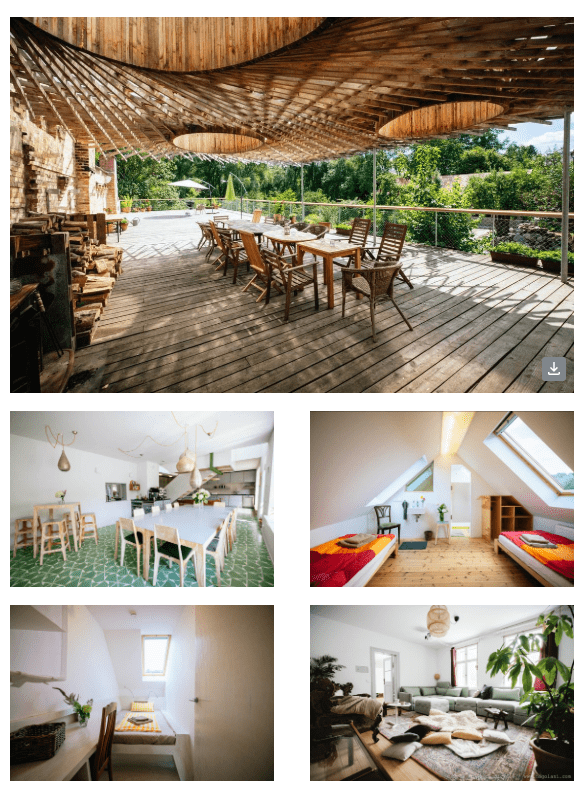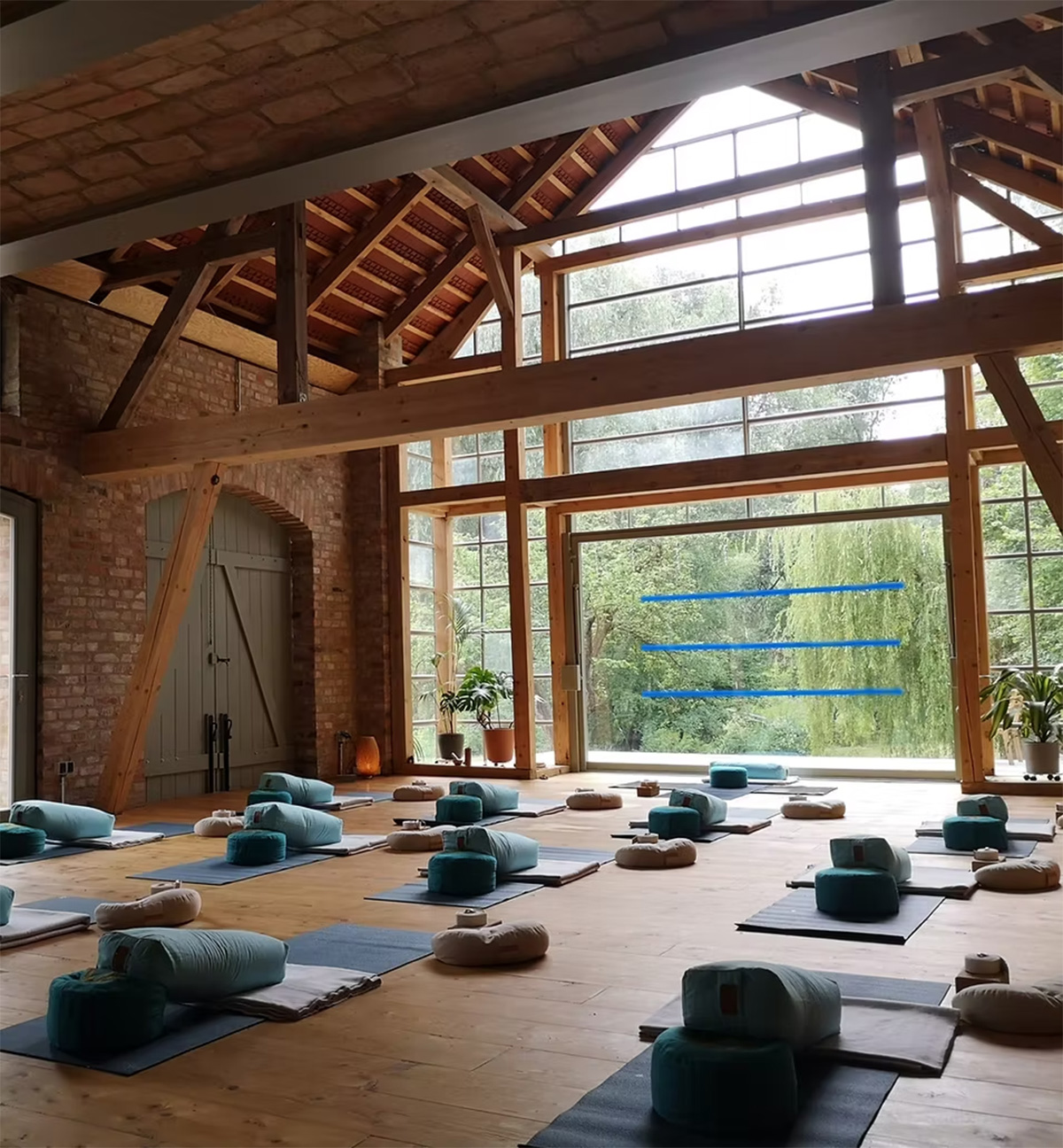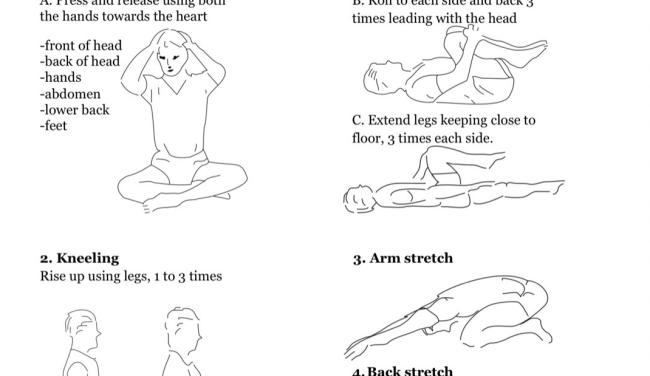Christmas Meditation Course Gift Vouchers in Berlin
Meditation gift vouchers from Daily Meditation Berlin make it easy to give something that is both personal and genuinely life‑changing, without adding to anyone’s extra ”stuff”.
Why meditation is a great gift
Daily meditation can lower stress, improve sleep, and increase clarity and focus, which is why so many people in Berlin are turning to structured courses rather than apps. For a friend, partner, colleague, or even a frazzled boss, a voucher is a gentle nudge toward finally trying what they have “been meaning to do for ages” anyway.
Unlike a candle or a bottle of wine, this is a gift that can realistically change how someone meets their day, their inbox, and their life. And because the vouchers can be used flexibly across courses, retreats, and more, the recipient stays fully in control of when and how they start.
What the full course voucher includes
A full personal course voucher covers a complete four‑day beginner (or advanced) course at Daily Meditation Berlin, with 4 x 90‑minute classes in a small group. Over these four sessions, students learn a simple, powerful technique and leave able to meditate independently at home, without needing an app or further paid courses.
Every course automatically includes:
-
Lifetime support by email, phone, or in person, whenever questions come up.
-
Free weekly group meditations in Berlin, so they never have to practice alone if they do not want to.
-
Free refresher “reboot your practice” sessions to get back on track after busy periods.
-
Low‑cost, non‑profit weekend retreats they can join once they feel ready for a deeper dive.
In other words, you are not just gifting a four‑day course; you are gifting a whole ecosystem of ongoing support designed to make daily meditation actually stick.
How cash‑value vouchers work
If you prefer something more flexible, you can give a cash‑value voucher instead of (or in addition to) a full course. These gift cards can be loaded with different amounts—commonly 50 €, 150 €, 300 € or more—and the recipient can put that amount toward any course, retreat, or private instruction with Daily Meditation Berlin. This option is perfect if:
-
Several people want to chip in together for one big present.
-
You want to make the course more affordable for someone, without deciding their exact dates for them.
-
You are buying for someone who already meditates and might choose an advanced course or a retreat instead.
Because the voucher acts like a credit, it gives the recipient plenty of choice: they can join a four‑day group course or ask about private lessons that fit around a hectic work schedule.

Who these vouchers are great for
Meditation vouchers tend to land especially well with people who are already “meditation‑curious” but stuck in the ”app phase of meditation”. They are also ideal for:
-
Busy professionals and founders, whose stress levels are high but time is limited.
-
Expats and internationals in Berlin looking for English‑language courses and a friendly community.
-
Parents, carers, or anyone going through a difficult patch who needs practical tools to calm the nervous system.
The key is that the person has at least a spark of genuine interest; the voucher then becomes a kind, structured invitation to finally try what they already feel drawn to.
How to buy and redeem
Gift vouchers for Daily Meditation Berlin can be purchased online in just a few minutes and delivered digitally, making them perfect as a last‑minute but still thoughtful Christmas present. The recipient then simply contacts us, chooses a course date or offering that suits them, and redeems the voucher toward the fee.
Once they have completed the four‑day course, all the free lifetime support, weekly groups, and refreshers automatically kick in, with no hidden subscription or recurring payments.
Check out our page for our Berlin Meditation Course Vouchers here



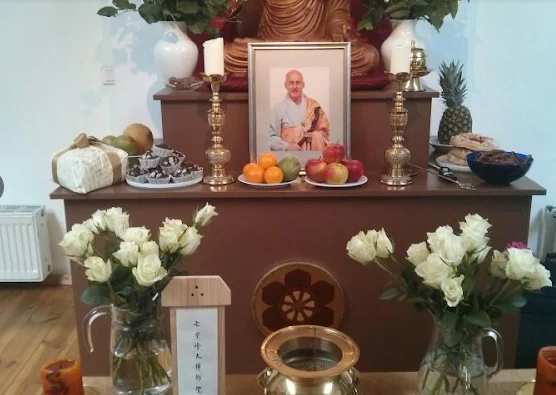

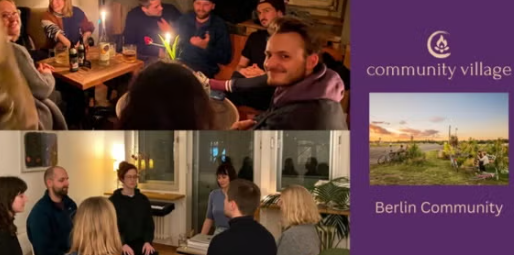
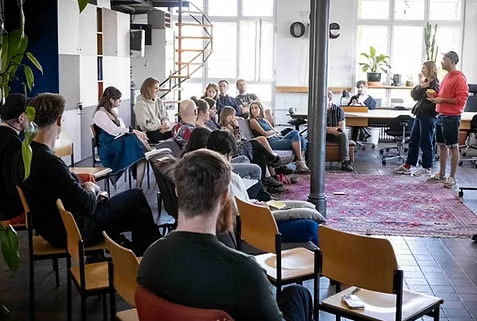

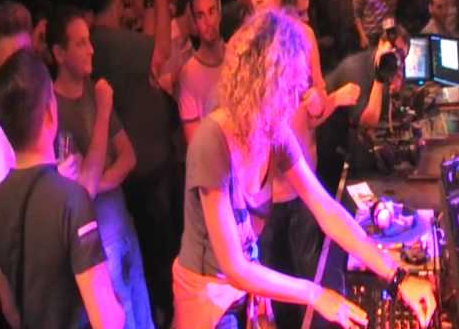 Monika Kruse has been a fixture in the techno world for decades, headlining major festivals and running her own label, Terminal M. Her work is intense, but she’s been open in interviews about using meditation as a way to process grief and recover from the mental exhaustion of constant touring.
Monika Kruse has been a fixture in the techno world for decades, headlining major festivals and running her own label, Terminal M. Her work is intense, but she’s been open in interviews about using meditation as a way to process grief and recover from the mental exhaustion of constant touring.
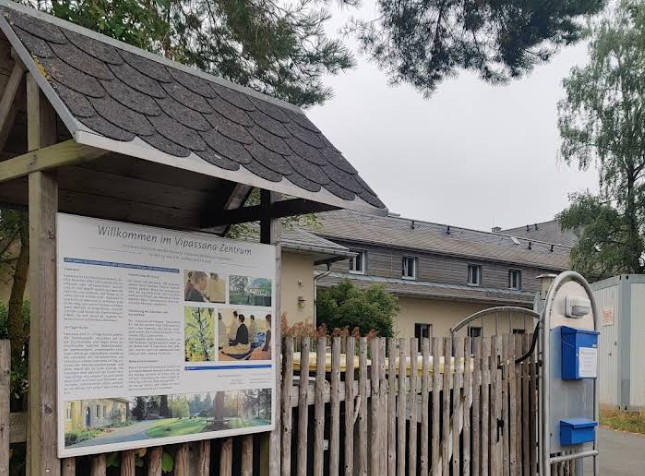



 ”Private sessions are available in Kreuzberg. They are quiet, focused, and designed around you. You’re not squeezed into a group format that doesn’t fit. We start with a simple conversation, either online or in person, to see what you’re looking for and whether it’s a fit.”
”Private sessions are available in Kreuzberg. They are quiet, focused, and designed around you. You’re not squeezed into a group format that doesn’t fit. We start with a simple conversation, either online or in person, to see what you’re looking for and whether it’s a fit.”
